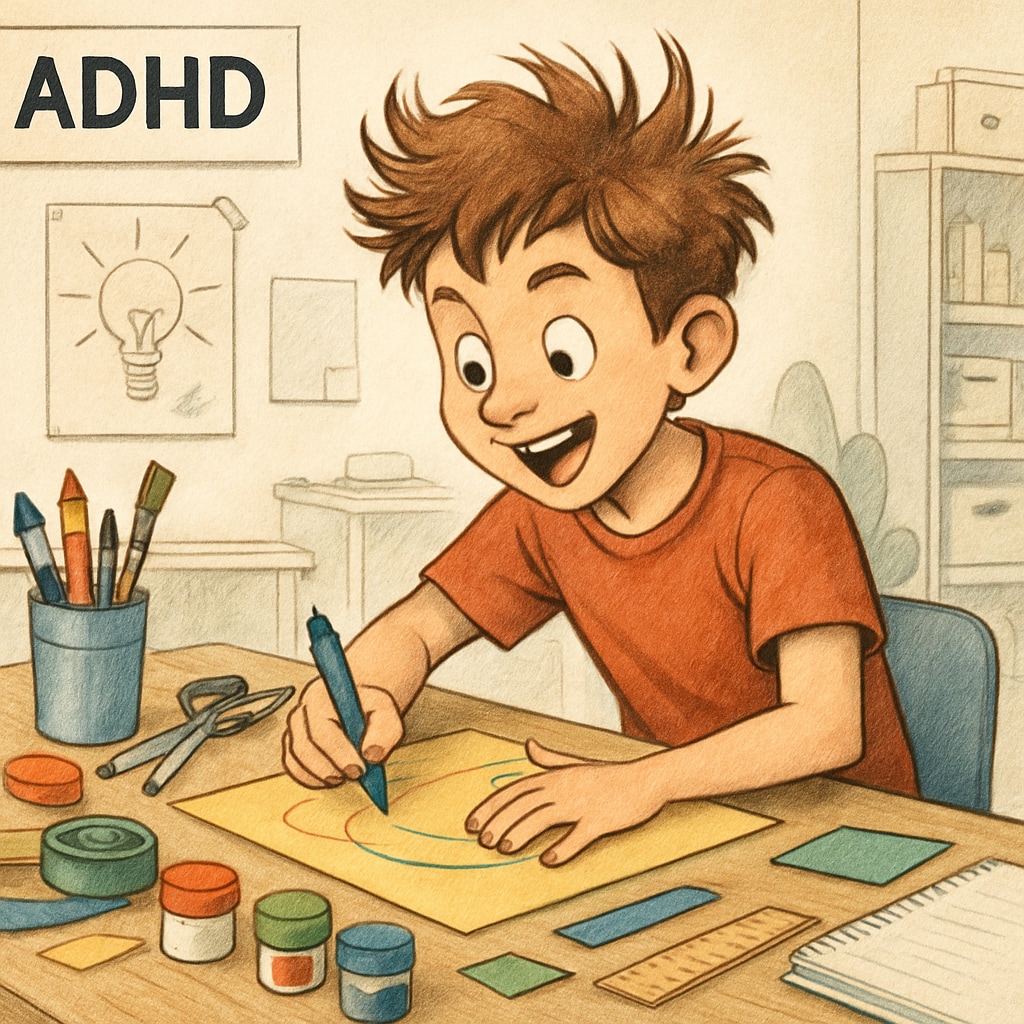Gifted programs often rely on standardized tests to identify academically talented students. However, these systems sometimes fail students with ADHD (Attention Deficit Hyperactivity Disorder), overlooking their high potential due to behavioral or organizational challenges. This article explores how ADHD students excelling in tests can still be excluded from gifted programs, highlighting the need for inclusive identification methods.
The Limitations of Standardized Testing in Gifted Programs
Standardized testing has long been a cornerstone of gifted program selection. While these tests aim to assess cognitive abilities objectively, they are far from comprehensive. Students with ADHD, for example, may perform exceptionally well in certain areas while struggling in others, such as focus or time management. This inconsistency can lead educators to misinterpret their abilities.

According to Britannica, standardized tests measure specific knowledge or skills but often fail to account for creativity, problem-solving, and other non-academic talents. For ADHD students, this narrow focus can be particularly detrimental, as their strengths may lie in innovative thinking or hyperfocus on topics they are passionate about—qualities not easily captured by standardized exams.
How ADHD Characteristics Are Misunderstood
ADHD often manifests in behaviors that challenge traditional classroom norms, such as difficulty sitting still, frequent interruptions, or seemingly disorganized work. Unfortunately, these traits can overshadow a student’s intellectual abilities in the eyes of educators. For example, a student might solve complex math problems effortlessly but forget to turn in homework on time. As a result, their academic profile appears inconsistent, reducing their chances of being recommended for gifted programs.

ADHD-related behaviors are often misinterpreted as a lack of discipline or motivation. However, research from the Wikipedia page on ADHD indicates that these behaviors stem from neurological differences, not a lack of effort. To create an equitable system, educators must differentiate between behavioral challenges and intellectual potential.
Building Inclusive Gifted Programs
To address the shortcomings of current systems, educational institutions must adopt a more holistic approach to identifying gifted students. This could include:
- Using multiple forms of assessment, such as teacher evaluations, creativity tests, and student portfolios.
- Providing training for educators to recognize the unique strengths of ADHD students.
- Incorporating flexible program structures that accommodate diverse learning styles.
For example, portfolios showcasing a student’s creative projects or problem-solving skills can offer valuable insights that standardized tests cannot. Similarly, including teacher observations allows for a more nuanced understanding of a student’s capabilities, particularly in real-world or collaborative settings.
Conclusion: Recognizing Overlooked Potential
Gifted programs have the potential to nurture exceptional talents, but they must evolve to be more inclusive. ADHD students, with their unique strengths and challenges, represent a vital pool of untapped potential. By broadening selection criteria and training educators to recognize diverse talents, we can create an education system that truly supports all high-potential learners.
It’s time to move beyond a one-size-fits-all approach. By doing so, we can ensure that no student is left behind simply because they don’t fit the traditional mold of a “gifted” learner.
Readability guidance: This article uses short paragraphs, clear transitions, and active voice to maintain readability. Lists and examples are included to summarize key points effectively.


